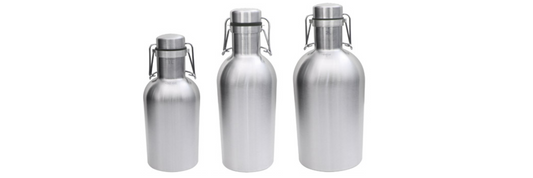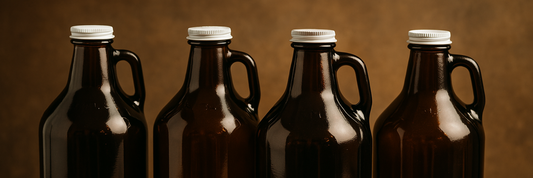Recycling aluminum cans is an efficient and environmentally friendly way to reduce waste and repurpose valuable materials. But how exactly can aluminum cans be melted down, and what precautions should be taken? In this article, we’ll explore the process of melting aluminum cans, the tools required, safety measures, and how melted aluminum is reused to support sustainable practices.
- Can Aluminum Cans Be Recycled? The Environmental and Economic Benefits of Aluminum Recycling
- Can Aluminum Cans Be Crushed Before Recycling? A Comprehensive Guide to Best Practices
- Scrap Aluminum Cans Price – Current Rates, Market Trends & Selling Tips
Aluminum’s Melting Point
Aluminum is a versatile metal with a relatively low melting point of 660°C (1220°F), making it ideal for recycling. Compared to materials like steel or glass, which require much higher temperatures, aluminum’s recyclability is both cost-effective and energy-efficient.
Why Aluminum Is Ideal for Melting
Aluminum’s low melting point, lightweight nature, and durability make it an excellent candidate for recycling. Once melted, aluminum cans can be reformed into a variety of products, from new beverage cans to automotive components.

How Are Aluminum Cans Melted Down?
The Melting Process
- Collection and Sorting: Aluminum cans are gathered and separated from other materials.
- Preparation: Labels and coatings may be removed to prevent toxic fumes.
- Melting: The cans are placed in a crucible and heated in a furnace or foundry until liquefied.
Tools and Equipment Required
- Foundry or Kiln: Capable of reaching high temperatures.
- Crucible: A heat-resistant container for melting.
- Protective Gear: Gloves, goggles, and heat-resistant clothing to ensure safety.
Safety Precautions While Melting Aluminum
- Always work in a well-ventilated area or outdoors.
- Use appropriate containers, such as steel crucibles, to avoid contamination.
- Wear protective equipment to guard against burns and toxic fumes.
Is Melting Aluminum Cans Toxic?
Aluminum itself is non-toxic, but certain risks arise during the melting process:
- Toxic Fumes: Coatings and labels on cans can emit harmful gases when burned.
- Metal Fume Fever: Prolonged exposure to fumes from alloys can cause respiratory issues.
Precautionary Measures:
- Remove labels and coatings before melting.
- Use a fume extractor or mask, especially in enclosed spaces.
How to Melt Aluminum Cans Safely at Home
Step-by-Step Guide
- Prepare the Workspace: Choose a safe, outdoor location with proper ventilation.
- Set Up the Apparatus: Use a foundry, kiln, or propane torch to generate the required heat.
- Crush the Cans: Compact cans to maximize crucible space and speed up the melting process.
- Heat and Monitor: Heat the cans until liquefied, maintaining safety throughout.
Safety Tips
- Wear heat-resistant gloves, goggles, and protective clothing.
- Ensure the area is free from flammable materials.

What Happens After Aluminum Cans Are Melted Down?
Reusing the Melted Aluminum
Molten aluminum is typically poured into molds to create new products, such as cans, tools, or automotive parts.
Benefits of Recycling Aluminum
- Environmental Impact: Recycling saves energy and reduces the need for mining raw materials.
- Closed-Loop Recycling: Aluminum can be recycled indefinitely without losing its quality, making it one of the most sustainable materials.
FAQs
Can aluminum cans be endlessly melted down?
Yes, aluminum can be recycled indefinitely without degradation.
Is it safe to melt aluminum at home?
Yes, provided proper safety precautions are followed.
How long does it take to melt aluminum cans?
The process can take 15 minutes to an hour, depending on the heat source.
What happens to aluminum when melted?
It is typically reformed into ingots or poured into molds for new uses.
Conclusion
By understanding how to safely and effectively melt aluminum cans, you contribute to reducing waste, conserving energy, and promoting sustainability. Whether at home or on an industrial scale, recycling aluminum is a simple yet impactful way to protect our planet









